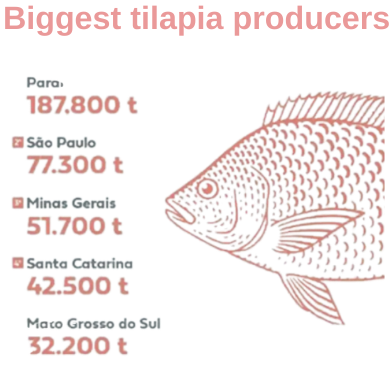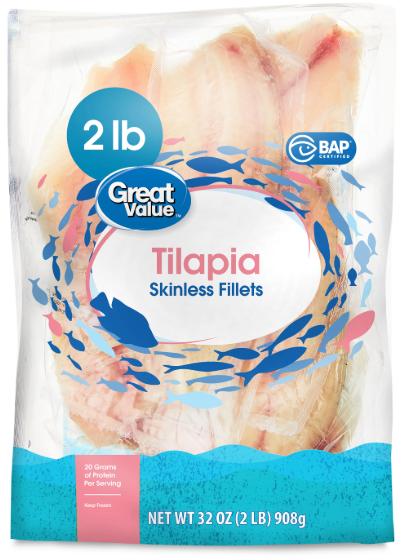|

Peixe BR forecasts up to double-digit growth for 2024, with final figures available in early 2025
Brazilian Tilapia Industry Poised for US Market Leadership in 2025
 BRAZIL
BRAZIL
Wednesday, February 12, 2025, 00:10 (GMT + 9)
Brazil's tilapia farming sector is experiencing rapid growth, with ambitious goals to dominate the US market in 2025.
 In an interview with O Presente Rural, Francisco Medeiros, President of Peixe BR, stated that the industry aims to export over US$100 million worth of tilapia to the US this year, demonstrating Brazil's increasing prominence in this segment. In an interview with O Presente Rural, Francisco Medeiros, President of Peixe BR, stated that the industry aims to export over US$100 million worth of tilapia to the US this year, demonstrating Brazil's increasing prominence in this segment.
President of Peixe BR, Francisco Medeiros -->
2024 Performance and Challenges:
Despite initial setbacks in 2023 due to fry health issues and increased mortality, particularly in cage farming, the industry rebounded strongly in 2024. Stricter biosecurity measures and robust vaccination programs led to a recovery in fry supply, contributing to record stocking levels. Milder winter weather in 2024 further boosted growth rates and average harvest weights, with tilapia reaching 970 grams in Western Paraná compared to 750 grams in the previous year. This increased production led to expanded exports, especially to the US, which is projected to become the leading importer of Brazilian tilapia fillets in the first half of 2025.
Increased supply put downward pressure on producer prices, fluctuating between US$1.92 and US$2 at the beginning of 2024 and ending the year between US$1.79 and US$1.44. However, lower feed costs partially offset this decline, allowing producers to maintain positive margins, considering the cyclical nature of protein pricing. Interestingly, the price reduction at the farm level was not fully passed on to consumers, as retailers maintained stable prices.
Consumption and Outlook:
 Domestic tilapia consumption in Brazil has nearly doubled in the last decade, reaching 2.84 kg/inhabitant/year in 2023. Total farmed fish production reached 887,029 tons in 2023, with double-digit growth projected for 2024. While producer prices are expected to recover somewhat in 2025, they are unlikely to reach 2023 peaks. Domestic tilapia consumption in Brazil has nearly doubled in the last decade, reaching 2.84 kg/inhabitant/year in 2023. Total farmed fish production reached 887,029 tons in 2023, with double-digit growth projected for 2024. While producer prices are expected to recover somewhat in 2025, they are unlikely to reach 2023 peaks.
Exports:
While the majority of production is consumed domestically, exports have seen significant growth. Q3 2024 exports increased 174% in value (US$18.5 million) and 158% in volume (4,031 tons) compared to the same period in 2023. Tilapia accounts for 98% of fish farming exports and over 60% of national production. Fresh fillets are the dominant export category (65% of total value), followed by whole tilapia. The US is the primary destination (92% of exports), with Canada, Japan, and China as secondary markets. Paraná and São Paulo states account for 95% of exports. Competition from Asian countries in frozen tilapia fillets remains a challenge.
 Global Aquaculture Context: Global Aquaculture Context:
Global aquaculture continues to expand, with farmed fish production projected to reach 100 million tons in 2024, according to OECD-FAO. Tilapia production, the world's leading farmed species, is expected to reach 6.8 million tons in 2024, with China, Indonesia, Egypt, and Brazil as the top producers.
Challenges and Opportunities:
Looking ahead to 2025, the Brazilian tilapia industry faces challenges including climate risks, health issues, price fluctuations, input costs, labor shortages, and currency exchange rate volatility. However, opportunities are also emerging as the sector adapts. Increased participation from other agribusiness companies is anticipated, further strengthening the production chain. Despite potential hurdles, the industry is well-positioned for continued growth and market leadership.
editorial@seafood.media
www.seafood.media
|



